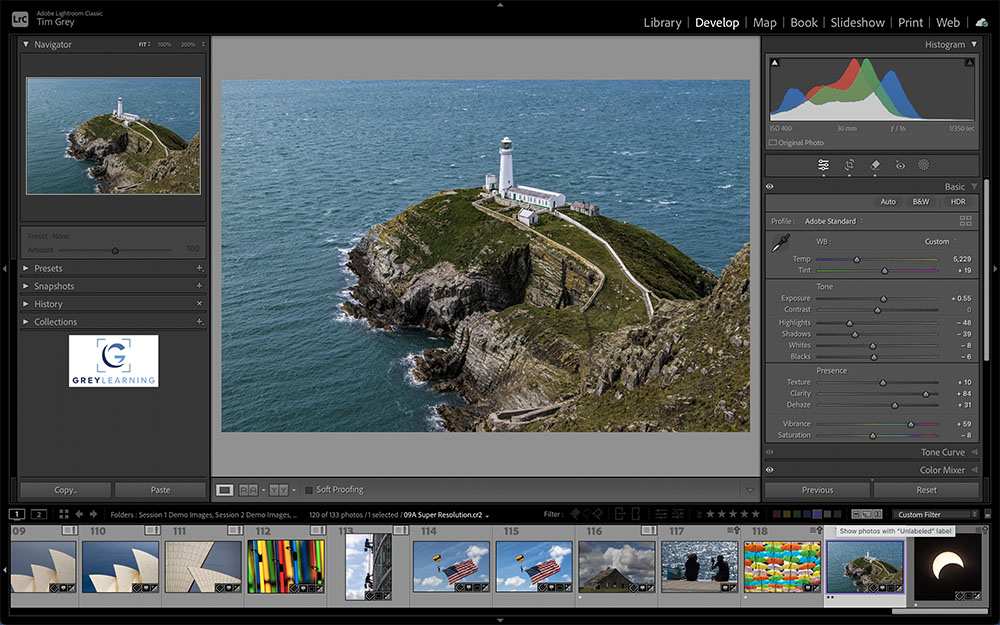

Today’s Question: I used to use Lightroom Classic, but with the catalog and so many other things I made such a mess of things that I switched to using Bridge. I feel like that was a mistake for me as I was more acquainted with Lightroom Classic than Bridge. Now I am wondering how to start over with Lightroom Classic. I would like to bring the photos that I have been using in Bridge back into Lightroom Classic.
Tim’s Quick Answer: To transition from Adobe Bridge to Lightroom Classic you can simply create a new catalog in Lightroom Classic and then import all photos in a single process using the “Add” option in the Import dialog.
More Detail: While Lightroom Classic uses a catalog to manage the information about your photos, with Adobe Bridge most of the updates for your photos are stored directly in the metadata for the source image files. In the case of proprietary raw captures that information is stored within an XMP “sidecar” file for each image.
That means that standard metadata such as star ratings and keywords, as well as adjustments applied with Camera Raw, will be preserved in metadata. Features that are not supported by standard metadata, such as collections in Bridge, are not stored in the metadata for the images.
If you want to transition to Lightroom Classic after using Bridge, you can simply import all photos in a single process into Lightroom Classic, using the “Add” option at the top-center of the Import dialog.
For example, if all your photos are stored on an external hard drive, in the Import dialog in Lightroom Classic you could start by setting that external hard drive as the source of the import on the left panel of the Import dialog. Make sure the “Include Subfolders” checkbox is turned on toward the top-right of the left panel.
At the top-center of the Import dialog choose the “Add” option, so that you’re adding the photos to the catalog but leaving the source files where they are. On the right panel you can choose “Standard” from the Build Previews popup and turn off the “Don’t Import Suspected Duplicates” checkbox since you’re importing into an empty catalog. I would leave the Develop Settings and Metadata popups set to “None”, so that you aren’t changing any of the updates that were applied in Bridge.
You can then click the Import button at the bottom-right of the dialog and wait for Lightroom Classic to finish importing all the photos. Once that import has completed, just be sure that from that point forward you only work within Lightroom Classic for making any changes to your photos. New photos can of course be imported into your catalog as you continue managing your overall workflow with Lightroom Classic.
Note that I have comprehensive courses on both Adobe Bridge and Lightroom Classic for those who want to learn to put these applications to better use in their workflow. You can find those courses on the GreyLearning website here:
Adobe Bridge for Photographers:
https://www.greylearning.com/courses/adobe-bridge-for-photographers
Mastering Lightroom Classic:
https://www.greylearning.com/courses/mastering-lightroom-classic-2023

 With a number of powerful and helpful new features added to the Develop module in Lightroom Classic with recent updates, I’ll once again be teaching a live online workshop in July on “Optimizing Photos in Lightroom Classic”.
With a number of powerful and helpful new features added to the Develop module in Lightroom Classic with recent updates, I’ll once again be teaching a live online workshop in July on “Optimizing Photos in Lightroom Classic”.



